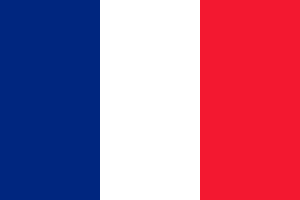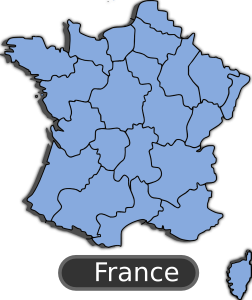Articles and Resources (French language)
La Livebox Play entre en scène – Tour d’horizon de l’offre Livebox Play – DegroupNews.com (Review)
La Box by Numericable (Interactive Advertisement by Numericable)
My comments
After the Freebox Révolution had appeared on the French market as a highly-credible piece of carrier-provided consumer equipment provided as part of a triple-play service, the bar had been raised for such equipment.
For example, the décodeurs i.e. the set-top boxes had become fully-capable video peripherals that integrate a slot-load Blu-Ray 3D player and provide the existing TV set with full smart-TV abilities. This even includes games-console functionality with access to a carrier-hosted app store for these games. Some of the remote controls that come with the set-top equipment have “out-of-the-ordinary” control methods like gesture-based control and RF controller-STB link, with some offering the HDMI-Consumer-Electronics-Control functionality so you can control your flatscreen TV’s source-selection, volume and power wit these remotes.
As well, the n-boxes i.e. the gateway devices are equipped with a network-attached storage based around an integrated hard disk. These would work to the common file-presentation protocols like SMB/CIFS, FTP, HTTP, iTunes (DAAP) and DLNA while offering functionality that a mid-tier consumer NAS would offer like a download manager / torrent server. Even the way the carriers have the gateway devices styled carries the message that they don’t look like your father’s old station wagon.
I have previously covered on HomeNetworking01.info the ability for French-market Samsung Smart TVs to work with Le Modem which is part of Orange’s LiveBox Play package.
Numericable’s La Box package is an all-in-one device which connects to their FTTN / DOCSIS cable-modem service. But this device has the cable modem, router, VoIP gateway, NAS, PVR and Blu-Ray functionality in the one box. This setup even uses the QR codes as one of its methods for securely enrolling smartphones and tablets to the Wi-Fi wireless network segment.
The LiveBox Play gateway device, henceforth known as Le Modem, implements things like an OLED customer-information display and uses 3 WAN options – VDSL2, ADSL2 and fibre-to-the-premises.
There are others like the Bbox Sensation which also are equipped with the similar functionality but it would be interesting to see who else would run with similar hardware that has this high level of functionality or raise the stakes further through the firmware update cycles.
Similarly it would be interesting to see whether these devices just appear within France or appear in other markets where there is real competition on the Internet-service front.


